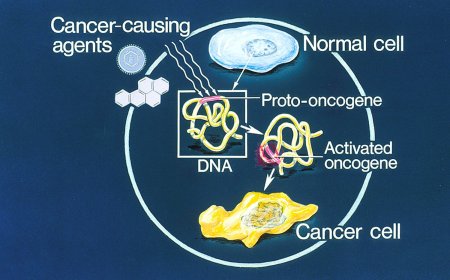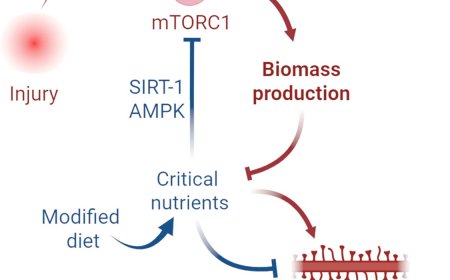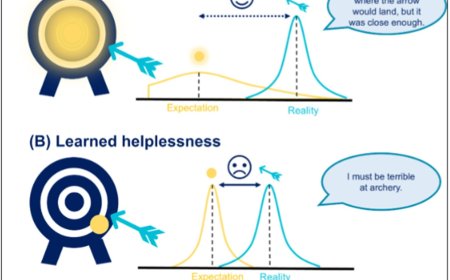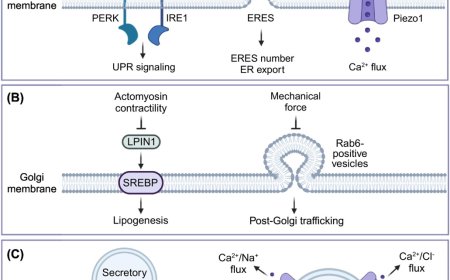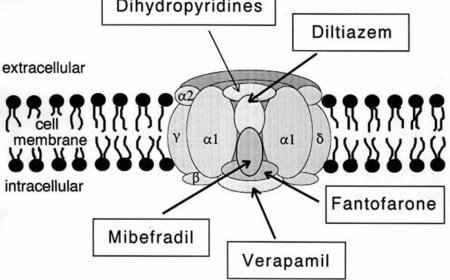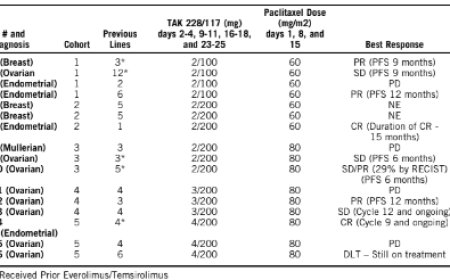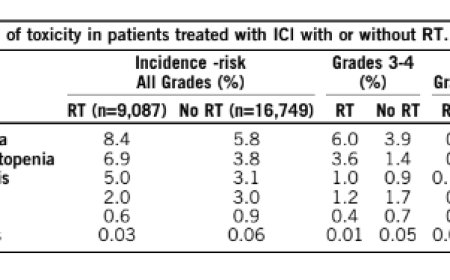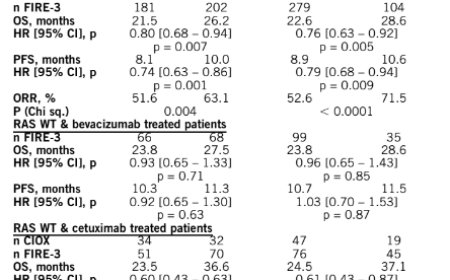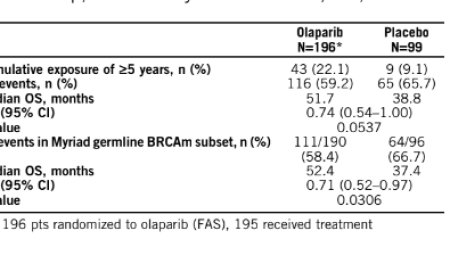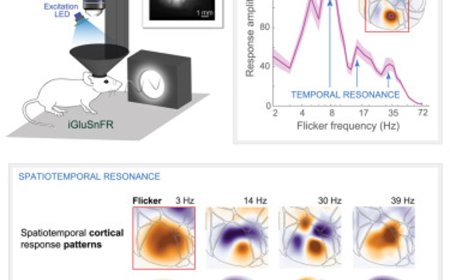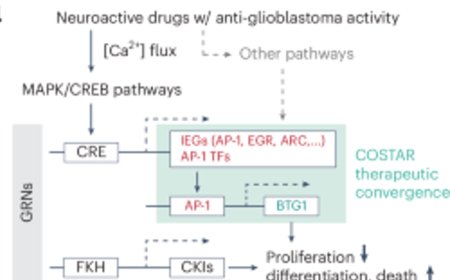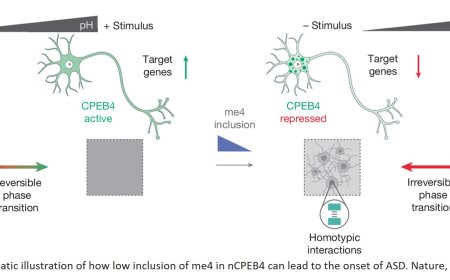Controlling the activity of neuronal identity regulators

A team of researchers has identified a mechanism that regulates the production of two different proteins from the same gene. This discovery, recently published in the journal Genes & Development, was carried out in the nematode C. elegans, a small worm widely used in biological research as an animal model. This finding has implications for understanding neuronal identity in vertebrates, as many of the mechanisms discovered in this model are also present in mice, humans, and other species.
The study reveals that the ceh-44 gene (homologous to the CUX1 gene in humans and mice) gives rise to two completely different isoforms. One acts as a transcription factor essential for regulating neuronal genes, while the other encodes a transmembrane protein located in the Golgi apparatus, whose function is still unknown. "The most surprising aspect is that this genetic organization is conserved in vertebrates, suggesting that it could play a fundamental role in neuronal specification in more complex species", explains the author.
The identity of a cell determines its morphology and functions throughout its life. In the case of neurons, their structure is particularly unique, as once they are formed during development, they never divide again. This implies that their function must be stably maintained throughout their existence. To achieve this, neurons express a specific set of genes that define their activity within brain circuits. Any alteration in this process can compromise their function and contribute to the development of neurological disorders.
This work sheds light on how neuronal identity is established and maintained through an alternative splicing mechanism. Splicing is an essential process in gene expression, through which non-coding fragments of messenger RNA are removed to generate functional proteins. In some cases, this process allows a single gene to produce different proteins, depending on how the coding RNA fragments are assembled.
The team has identified that the production of the neuronal version of the CEH-44 protein depends on a conserved splicing factor, called UNC-75 in C. elegans and CELF in vertebrates. This mechanism is key to neuronal identity because it enables the selective production of specific proteins in the nervous system. "We have demonstrated that UNC-75/CELF acts as a fundamental regulator of this process, promoting the production of the neuronal isoform while suppressing the non-neuronal alternative", explains the author.
To develop this research, the experts used the animal model C. elegans, a small nematode widely used in biology due to its genetic tractability and rapid life cycle. Despite its apparent simplicity, this worm has a well-characterized nervous system with 302 neurons, whose development and synaptic connections have been mapped in detail. "Working with C. elegans allows us to perform precise genetic modifications quickly and reproducibly, facilitating the identification of conserved mechanisms in neuronal identity regulation", notes the author.
Additionally, its transparency allows the visualization of gene expression in living organisms using fluorescence techniques, which has been key in this study. The team used CRISPR-Cas9-based gene editing tools and advanced microscopy techniques to characterize the mechanism.
The study results open new avenues of research in developmental neuroscience. The next goal of the team is to determine whether this splicing mechanism is conserved in vertebrates and how it may affect the formation of neuronal circuits in the brain: "We know that CUX1 in humans is essential for the specification of neurons in the upper layers of the cerebral cortex and for the formation of the corpus callosum, but we still do not know how its expression is regulated", says the author.
In this regard, the researcher emphasizes that understanding how neuronal identity is generated and maintained is "crucial for deciphering the development of the nervous system and could have implications in pathologies where this identity is lost".
https://genesdev.cshlp.org/content/39/3-4/209
https://sciencemission.com/Alternative-splicing-controls-pan-neuronal-homeobox-gene-expression
